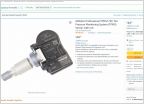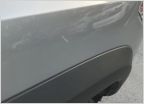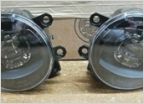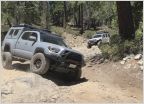-
Welcome to Tacoma World!
You are currently viewing as a guest! To get full-access, you need to register for a FREE account.
As a registered member, you’ll be able to:- Participate in all Tacoma discussion topics
- Communicate privately with other Tacoma owners from around the world
- Post your own photos in our Members Gallery
- Access all special features of the site
How do you know if a ground connection is right? And how to properly branch circuits?
Discussion in '3rd Gen. Tacomas (2016-2023)' started by Rujack, Jun 29, 2019.
Page 2 of 2
Page 2 of 2


 Unable to reprogram aftermarket TPMS...
Unable to reprogram aftermarket TPMS... Can I use a paint touch up pen on this?
Can I use a paint touch up pen on this? Upgrade fog lights to OEM LED?
Upgrade fog lights to OEM LED? AC 6MT Build Project
AC 6MT Build Project Classic shifter for manual taco 3rd gen
Classic shifter for manual taco 3rd gen Low profile water storage
Low profile water storage


